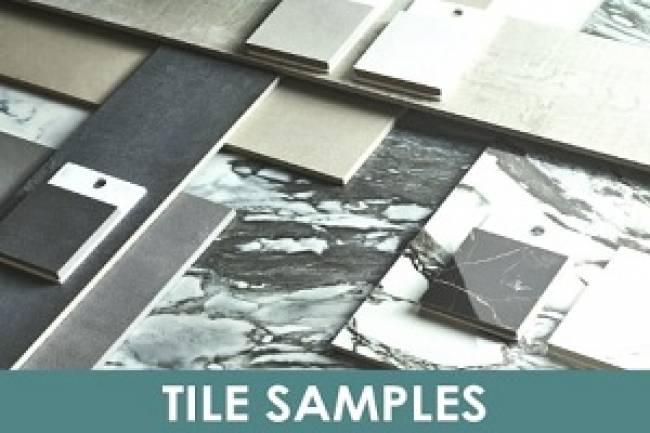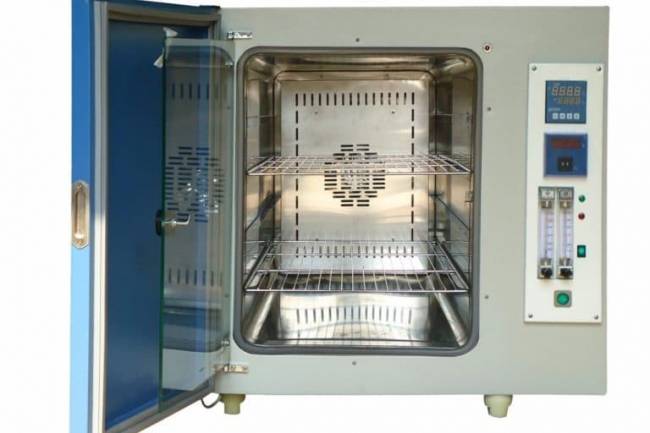Why Choose Plastic Injection Molding for High-Volume Production
When it comes to manufacturing large quantities of precise, durable components, the advanced plastic injection molding process stands out as the go-to solution. This method excels in high-volume production, offering a perfect balance between efficiency, cost-effectiveness, and quality. By injecting molten plastic into a custom-designed mold, manufacturers can quickly produce thousands of identical parts with minimal waste and high repeatability.
Whether you're creating automotive components, consumer products, or medical devices, this process ensures consistency, reducing production time and overall costs. Discover why this process is the top choice for businesses looking to scale efficiently.
Why is injection molding suitable for the production of large quantities?
The process is characterized by efficiency, precision, and repeatability. Once the mold is created, it allows for rapid production of parts with tight tolerances and minimal waste, reducing overall manufacturing costs. Here’s why it’s the preferred option for many applications:
1. Efficiency in production
It’s highly efficient when it comes to large production runs. Once the initial mold is created and perfected, manufacturers can produce thousands or even millions of identical parts at an astonishing speed. This is because the mold, once in place, allows the machine to continuously inject molten plastic into the cavities, solidifying within seconds.
This reduces the time per part and allows manufacturers to meet high demand quickly without sacrificing quality. Unlike other production methods that may require more labor or longer cycle times, injection molding streamlines the process, significantly boosting output.
2. Cost-effectiveness for large quantities
Although the initial cost of creating a custom mold can be high, the per-unit cost of each part produced via injection molding decreases substantially as production volume increases. The more parts you produce, the lower the cost per part, which makes the process extremely cost-effective for high-volume production.
Manufacturers can spread the mold development cost over thousands or millions of units, leading to substantial savings in the long run. This cost advantage is especially critical for industries where profit margins are tight, and mass production is essential.
3. Consistency and precision
One of the standout features of this process is its ability to produce highly precise and uniform parts. With every cycle, the molten plastic fills the mold exactly, ensuring each part is an exact replica of the previous one. This level of precision is hard to match with other manufacturing processes.
For high-volume production, where even slight inconsistencies can lead to product failure or additional quality control measures, injection molding’s consistency is invaluable. Whether it’s complex geometries or tight tolerances, it delivers accuracy time after time.
4. Versatility of material choices
Injection molding accommodates a wide range of thermoplastics, elastomers, and even some thermosetting polymers. Manufacturers can choose materials based on the specific properties they require, such as heat resistance, strength, flexibility, or impact resistance. This flexibility in material choice makes it suitable for diverse industries.
Whether you need lightweight parts for consumer electronics or durable components for automotive applications, injection molding offers the versatility to meet the unique demands of each project.
5. Scalability for high-volume demands
The process is inherently scalable, making it the perfect solution for projects that require mass production. Once the mold is designed and tested, manufacturers can replicate the same part across multiple production runs, ensuring that the process remains efficient as demand grows.
This scalability is especially important for industries such as automotive, healthcare, and packaging, where production volumes can range from thousands to millions of units. The advanced process is designed to meet high demand without slowing down, giving manufacturers the flexibility to scale operations up or down as needed.
6. Minimal waste and sustainability
Another benefit is its minimal waste. The process is highly efficient in using raw materials, and excess plastic from the injection process can often be recycled and reused. This contributes to a more sustainable manufacturing process, reducing the environmental impact and ensuring that materials are used as efficiently as possible. For companies focused on sustainability and reducing waste, this is a significant advantage over other methods that may result in higher material loss.











